(Editor’s Note) This year marks the 40th anniversary of the University of Macau (UM). Over the past 40 years, UM has made numerous achievements in the areas of human resources training, research and community service, with significant contributions to the development of the Macao society. In celebration of the anniversary, we have prepared a series of stories of UM faculty, students, and alumni about how they have chased their dreams in the company of UM.
Prof Tang Zikang joined the University of Macau (UM) in 2016 as the founding director of the university’s Institute of Applied Physics and Materials Engineering (IAPME). With him at the helm, the institute has achieved many breakthroughs. As a scientist who has dedicated most of his life to research and has successfully developed the world’s smallest single-walled carbon nanotubes, Prof Tang has always had one dream: ‘I want to do something that can produce impactful effects to society, and to benefit those in need, so that I will be able to look back on my life as a lifetime well spent.’
A Dream in His Teenage Years
Chinese people born in the 1960s and 1970s all have stories of struggling to make a living and lifting themselves out of poverty. Prof Tang, who was born in a rural village, is no exception. For the teenage Tang, even a piece of meat or a biscuit was a luxury. When he did get the treat occasionally, it was like a ‘dream come true’. As he grew older, however, he had a different dream—a dream that was harboured by many young people at the time—going to college and then graduate school in order to become a scientist. This dream took root in his heart and drove him to study hard, eventually taking him from farmland to university laboratories, where he gradually made a name for himself as an internationally influential scientist.
In 1977, China reinstated the college entrance examination. Sensing that it was a great opportunity to change his life, Tang returned to high school in 1978 and was admitted to the Department of Physics at Hangzhou University in 1979. After graduation from college, he went on to pursue a master’s degree at the Changchun Institute of Physics (currently known as the Changchun Institute of Optics, Fine Mechanics and Physics) of the Chinese Academy of Sciences and a doctoral degree at Tohoku University in Japan. He obtained his PhD in science in 1992. Two years later, through a global recruitment process, he joined the Department of Physics at Hong Kong University of Science and Technology, where he began to conduct research in nanoscience.
Developing a Revolutionary Material
In 2000, Prof Tang and his team successfully developed the world’s smallest single-walled carbon nanotube (SWCN) (0.4 nanometres in diameter) and discovered its unique one-dimensional superconducting effect. This was selected as Top Ten World Scientific News both by the Chinese Academy of Science and the Chinese Academy of Engineering in 2000, and later was named as one of the 11 most significant achievements in physics in the year of 2001 by the Institute of Physics in the United Kingdom, and the SWCN they developed has been hailed as a ‘revolutionary, epoch-making material’. That year, Prof Tang was only 41.
Looking back on how he developed this earth-shattering material, Prof Tang says that it was an endless process of trial and error, and the major breakthrough came from a new direction that emerged from a misstep. ‘To do research, you have to be passionate about what you are doing and be 100 percent committed before you can make new discoveries,’ says Prof Tang.
Once a young researcher himself, Prof Tang understands the importance of having the freedom to experiment with new ideas, theories, and methodologies. ‘Although young people tend to lack experience, they have the advantage of daring to think outside the box,’ says Prof Tang. ‘They give free rein to their imagination and dare to experiment with new ideas. Experienced professors can turn students’ wildest imaginations into worthwhile ideas, and pairing experienced professors with imaginative students can often lead to innovative research.’
An Interdisciplinary Research Team
The IAPME was established in 2014 and Prof Tang was appointed as its first director in 2016, leading the team to carry out research in the field from scratch. Prof Tang has always valued the input of young scientists, as is reflected in the fact that all his colleagues in the institute are younger than him. ‘I am the oldest person in the institute. I enjoy the company of young people. They are passionate and ambitious. They remind me of what I was like when I were their age,’ says Prof Tang.
The institute brings together innovative young researchers from renowned institutions around the world, including the United States, Europe, Japan, Singapore, Hong Kong, and Taiwan. ‘Our team’s greatest strength lies in its diversity,’ says Prof Tang. ‘We have experts in different fields, such as physics, chemistry, materials science, computer science and even biology. We are truly an interdisciplinary team, which helps to spark new ideas,’ says Prof Tang.
Commercialisation of Research Results
Over the past five years since its establishment, the IAPME has received grants over 140 million patacas for more than 120 research projects from various organisations, including the Macao Science and Technology Development Fund, the National Natural Science Foundation of China, and UM. So far, the institute has published over 500 papers in Science Citation Index (SCI)-listed journals and has filed 30 patent applications between 2016 and 2020.
Some advanced technologies and products developed by the institute hold great promise for commercial applications, and they are being commercialised through Zhuhai UM Science & Technology Research Institute, UM’s first academia-industry demonstration centre in Hengqin, with the support of the local government and resources from local companies. One such product is a special hydrogel made of nanoparticles that can be used as an intermediate raw material to make super water-absorbing swelling agents and have the potential to be applied in farmland water retention and desert management.
New energy and advanced materials are two other areas in which the institute has achieved impressive results in recent years. ‘For example, we are in the frontier in the field of perovskite solar cells and novel electrochemical cells. One of our research teams has published a paper in this field and it has been cited more than 5,000 times, which is very rare. This shows that the study is pioneering. This technology will be put to industrial use in the near future,’ says Prof Tang.
Impactful Research
As the director of the IAPME, Prof Tang has spent a lot of time in the past few years thinking about how the development of the institute can match the development needs of the city. ‘During these years at UM, I have been searching for a research project that would be of great significance to society and humanity,’ says Prof Tang. ‘This has also been my greatest dream for many years.’ After years of searching, he finally found the answer to his quest at UM—cancer immunotherapy based on quantum-biology technology.
According to Prof Tang, cancer immunotherapy is a daunting field in biomedicine. Although a leading figure in the field of nano-optoelectronic materials, he believed that an interdisciplinary approach would give them the best shot at tackling many challenges in cancer immunology. So he teamed up with experts in the Faculty of Health Sciences and the Institute of Chinese Medical Sciences, led by Prof Chuxia Deng, one of the world’s foremost experts in cancer research. Combining their knowledge in carbon nanomaterials, cancer immunotherapy, and biomedicine, they rolled up their sleeves and set to work.
‘We accidentally discovered that carbon nanodots can effectively bind to biological proteins and change the mophology of tumour antigens, thus awakening the immune system to the tumour,’ says Prof Tang. ‘We have developed a quantum biologic technique in cancer immunotherapy, which has yielded very good results as shown in the data on malignant tumours. The interdisciplinary platform and advanced research facilities at UM provide optimal conditions for us to pursue this new research direction.’
He adds: ‘My greatest and only dream now is to see clinical application of this novel discovery, in order to bring new hope to the tens of millions of cancer patients worldwide.’
Whether as a young teenager or an accomplished scientist, Prof Tang has always nourished the same dream: to achieve his life goals with a consuming passion and to make the most of his life by adding value to the world. The teenage dream that took root in his heart has propelled him to a lifelong career in science. So what is his next goal and dream in life? ‘I hope, and I am also confident, that the little carbon nanodots we developed will soon bear fruit on the UM campus,’ he says.
Source: My UM e-version
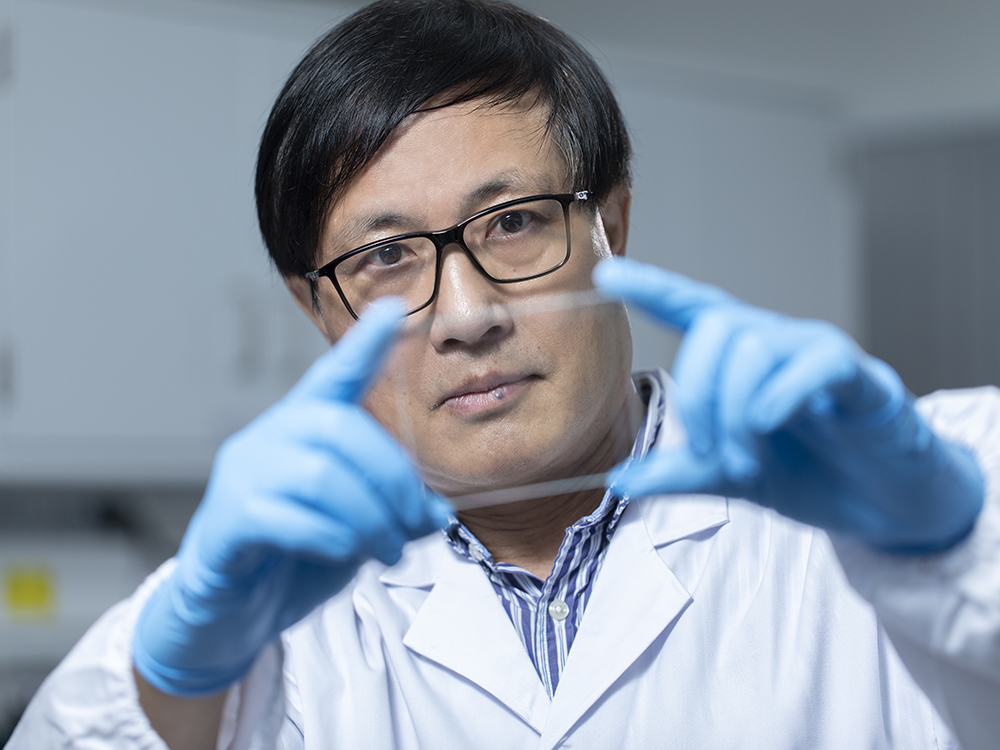
Prof Tang is a leading figure in the field of nano-optoelectronic materials
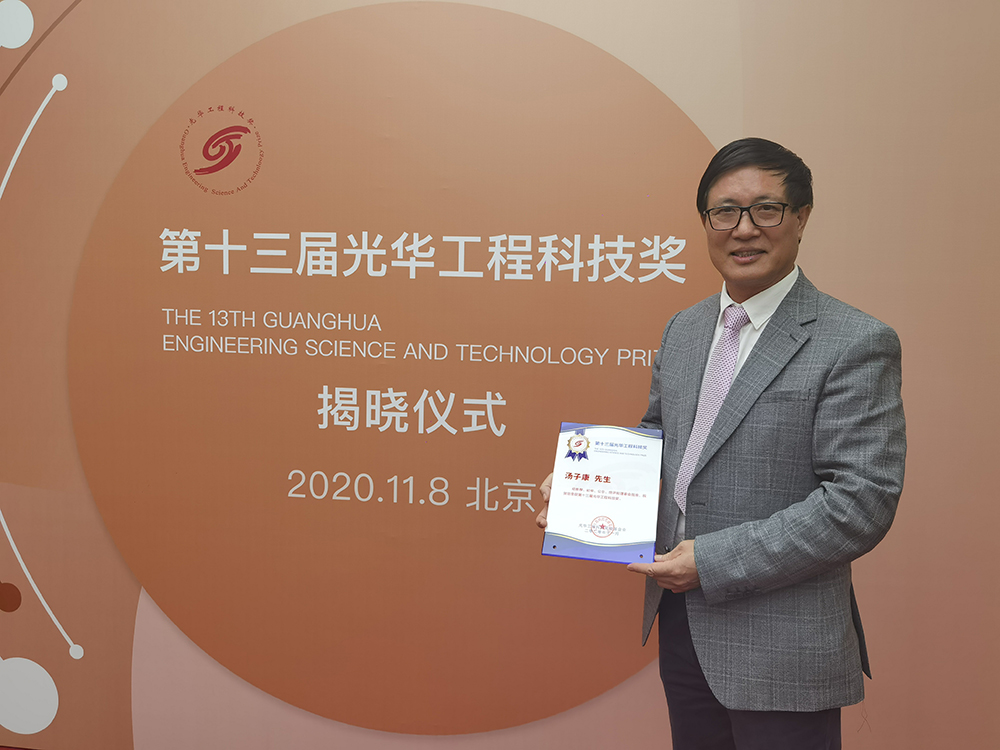
In 2020, Prof Tang receives the Guanghua Engineering Science and Technology Prize, the highest prize in the field of engineering in China.
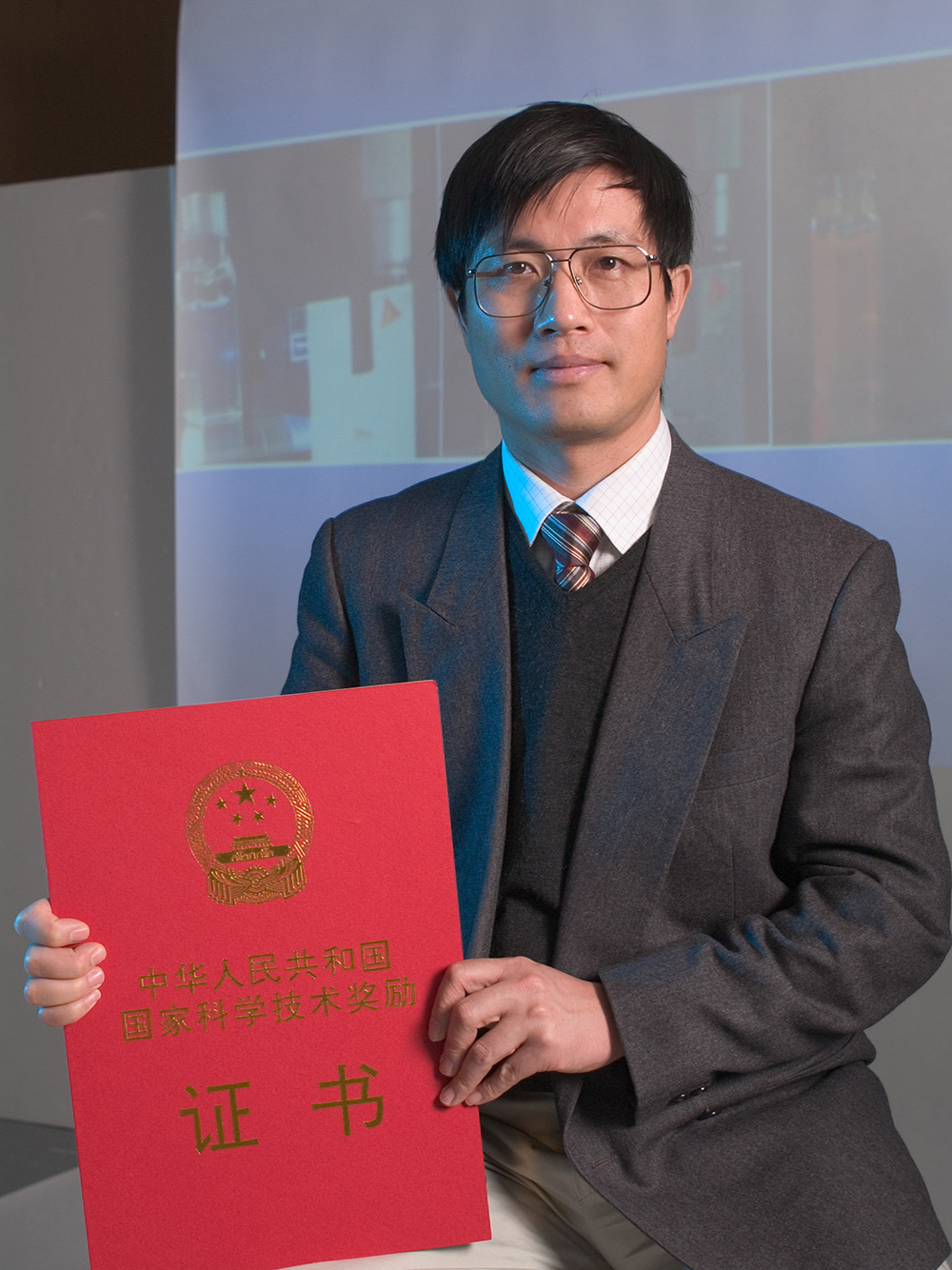
Prof Tang receives the State Science and Technology Prize in 2003
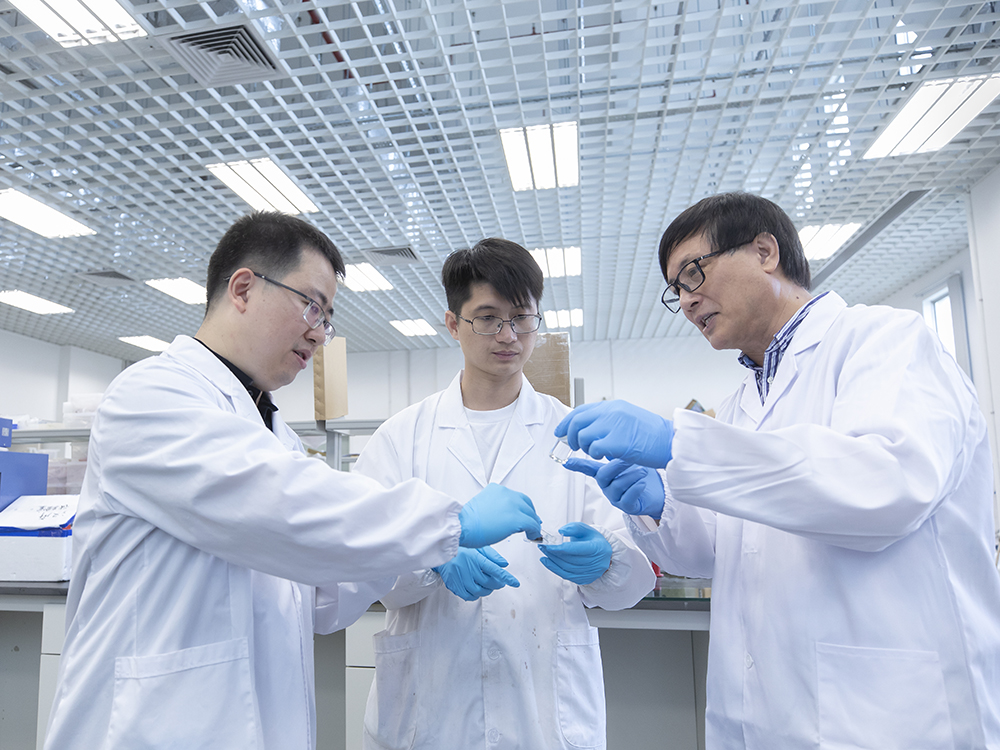
Prof Tang values the input of young people
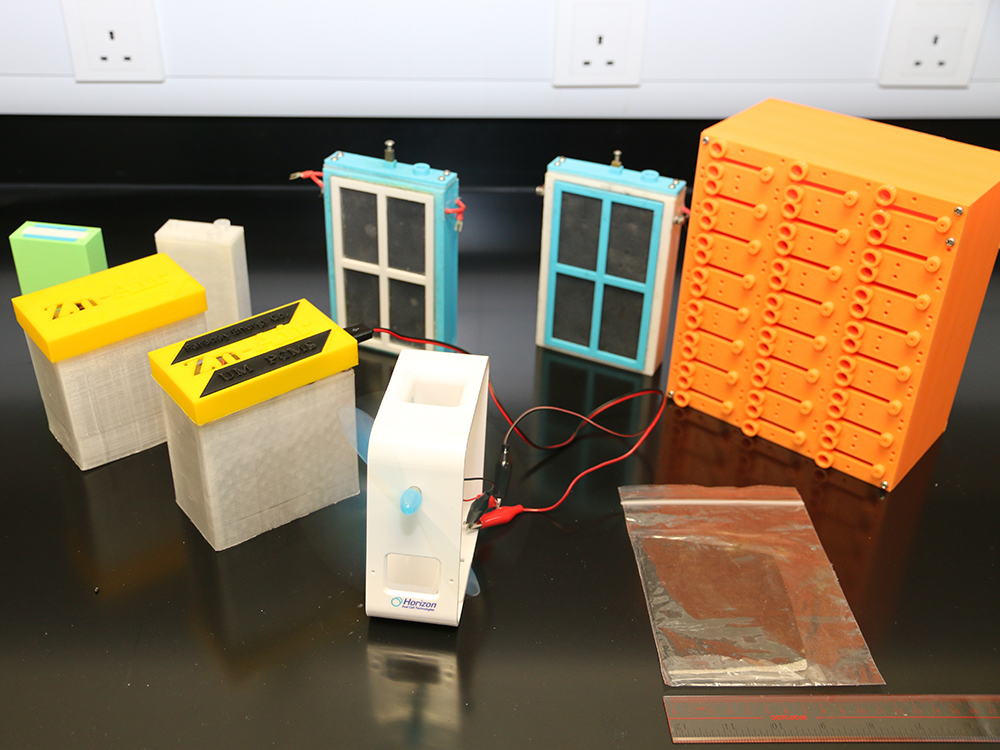
Advanced materials and new energy are key research areas of the IAPME
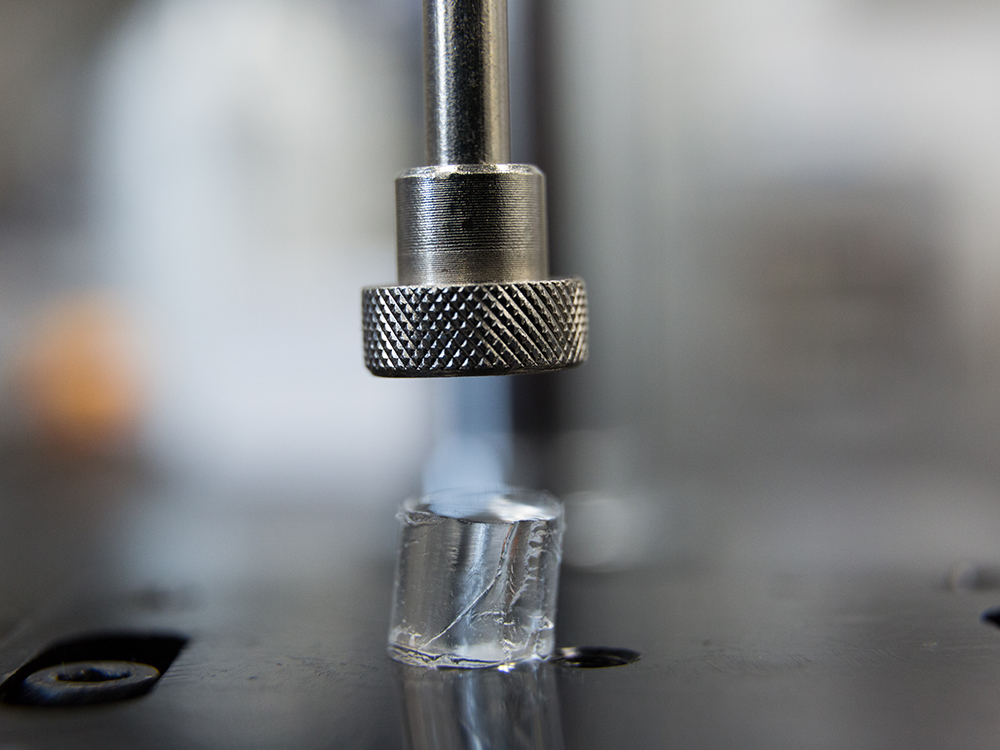
Advanced materials and new energy are key research areas of the IAPME
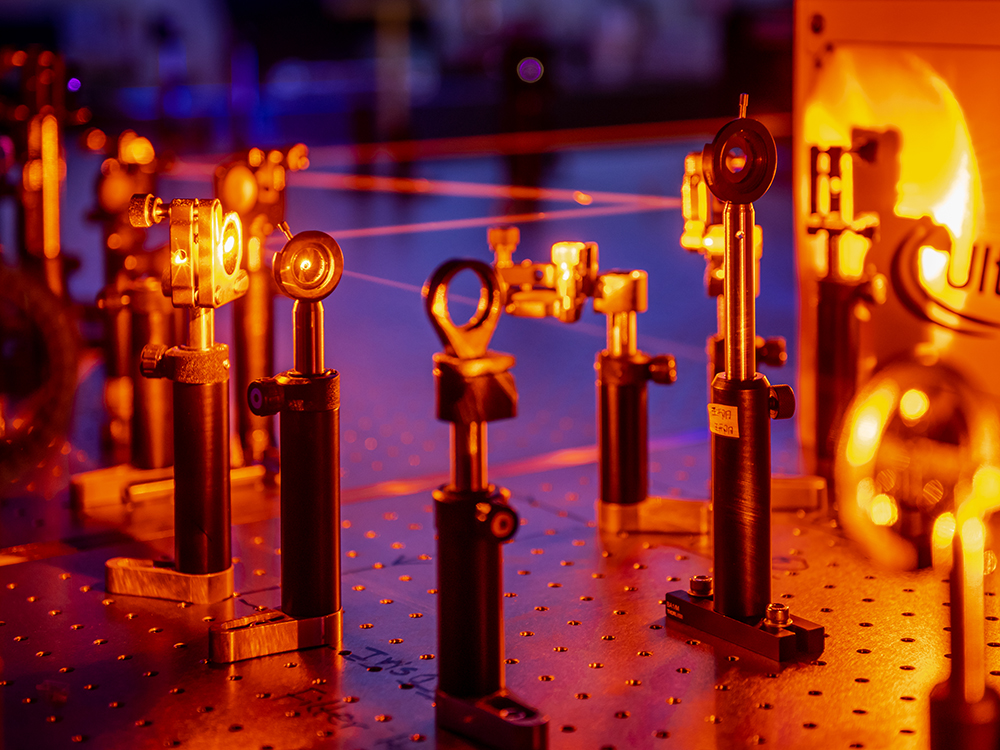
Advanced materials and new energy are key research areas of the IAPME

Carbon nanodots are the latest research focus of Prof Tang’s interdisciplinary team
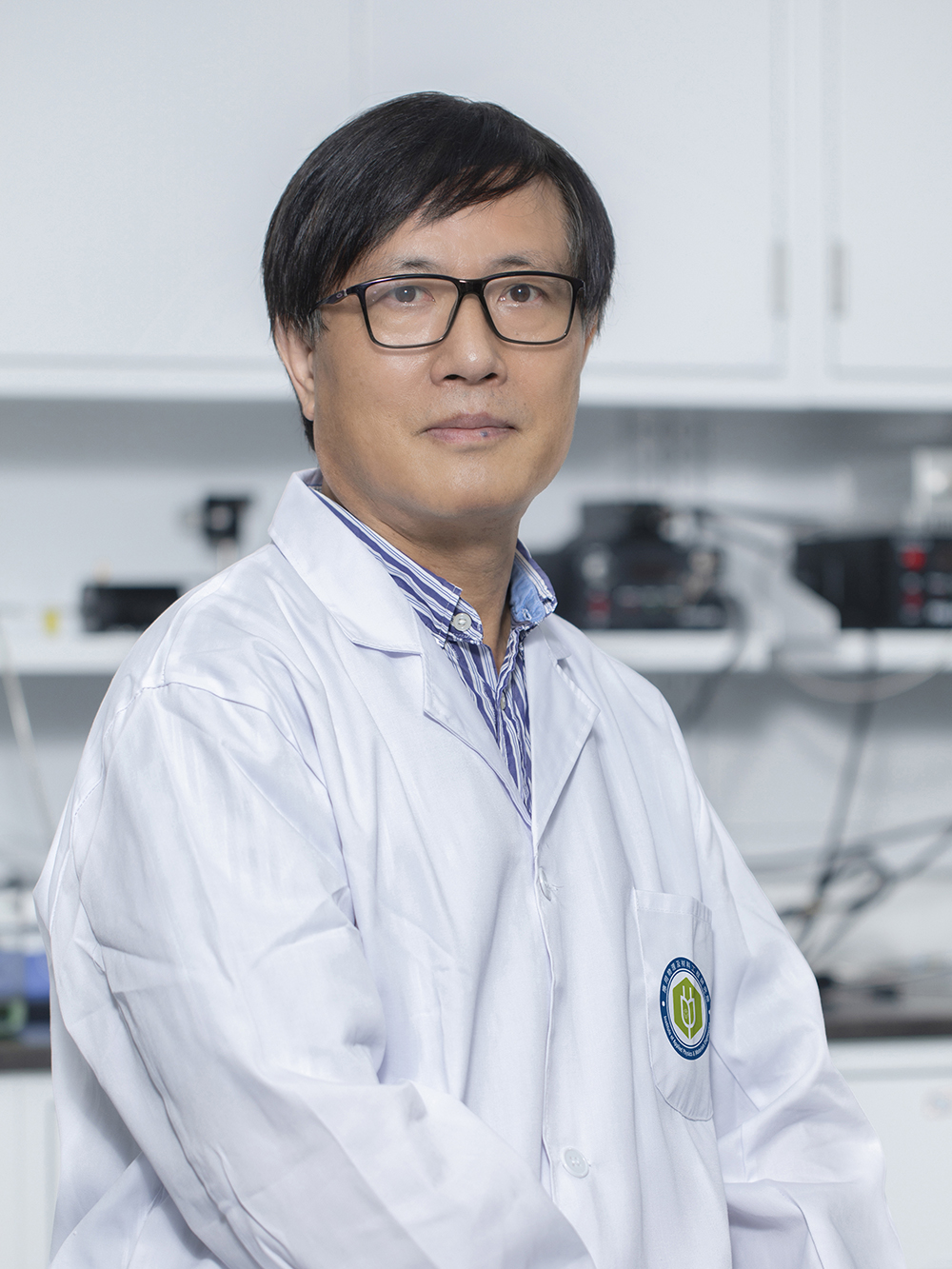
Benefiting humanity has been Prof Tang’s guiding principle in his research
